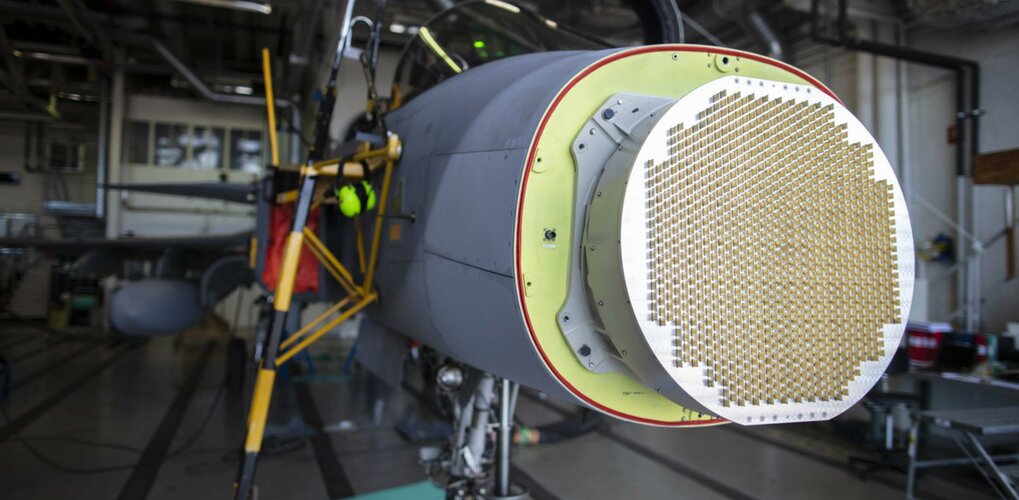There were quite a few criticism about ESSI for the lack of actual goal or framework given how grandiose the scheme was supposed to be, but nevertheless it seems like it's going somewhere, at least. Hopefully they can get Italy and France on board as well but that might be too hard with SAMP/T.
Neutral nations Austria and Switzerland agree to join European Sky Shield Initiative - Breaking Defense
Switzerland made clear that it will “examine” areas where co-operation can be strengthened, with a plan to specifically address information exchange and training for the US-made Patriot air defense system, of which it ordered five units in June 2021.breakingdefense.com
You are using an out of date browser. It may not display this or other websites correctly.
You should upgrade or use an alternative browser.
You should upgrade or use an alternative browser.
Patriot SAM replacement
- Thread starter Antonio
- Start date
Forest Green
ACCESS: Above Top Secret
- Joined
- 11 June 2019
- Messages
- 5,094
- Reaction score
- 6,674
Forest Green
ACCESS: Above Top Secret
- Joined
- 11 June 2019
- Messages
- 5,094
- Reaction score
- 6,674
??Did they lose the side arrays?
Breaking Defense News report on this week’s Space and Missile Defense Symposium in Huntsville, Ala., Army Col. Chris Hill, project manager of the Integrated Fires Mission Command Project Office briefing
Anticipates fielding its first C2, Integrated Battle Command System (IBCS) in 2024. The Army then plans to begin rolling out IBCS to other Patriot units at a rate of two battalions per year. Then in the 2027 timeframe is when LTMADS [radar] should come on board.
Also mentioned was the Army passive Long Range Persistent Surveillance (ALPS), Lockheed Martin’s Remote Interceptor Guidance-360 (RIG–360) for Patriot PAC-3 integrated with IBCS, Sentinel A3 and A4 radars and the Dynetics' delayed IFPC Inc 2 prototypes.
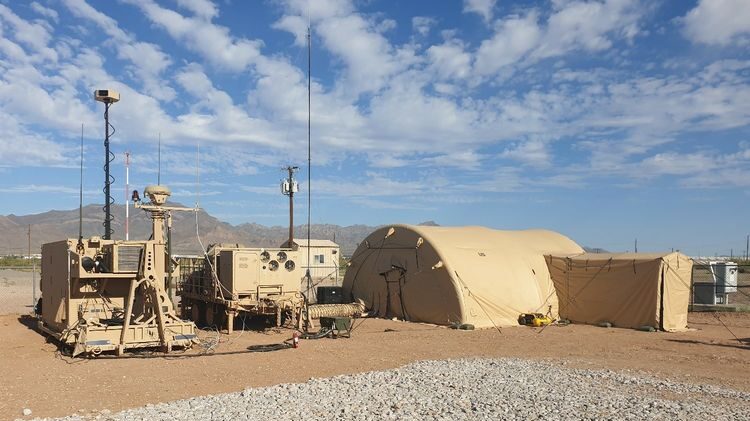
 breakingdefense.com
breakingdefense.com
Anticipates fielding its first C2, Integrated Battle Command System (IBCS) in 2024. The Army then plans to begin rolling out IBCS to other Patriot units at a rate of two battalions per year. Then in the 2027 timeframe is when LTMADS [radar] should come on board.
Also mentioned was the Army passive Long Range Persistent Surveillance (ALPS), Lockheed Martin’s Remote Interceptor Guidance-360 (RIG–360) for Patriot PAC-3 integrated with IBCS, Sentinel A3 and A4 radars and the Dynetics' delayed IFPC Inc 2 prototypes.

Tying it together: Army eyes evolving test plan new capabilities bound for Guam - Breaking Defense
The service anticipates fielding its first Integrated Battle Command System (IBCS) in 2024, a C2 system that will be a centerpiece for the air defense effort.
jsport
what do you know about surfing Major? you're from-
- Joined
- 27 July 2011
- Messages
- 6,565
- Reaction score
- 3,913
A visualization of OTH which could be expanded to CEC based detection for ground TCT/TELs supporting 'pre-launch/boost' tgting.
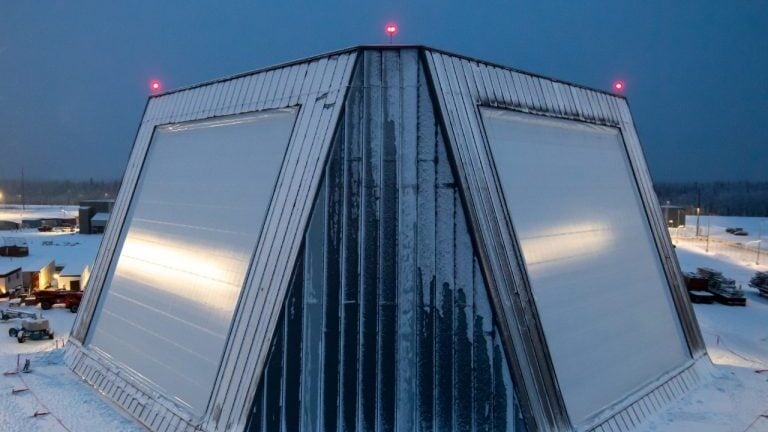
Beyond 'bullet on bullet': NORTHCOM's new defense plan looks to kill missiles before they launch - Breaking Defense
"The best missile strategy is to destroy the missiles prior to launch. A focus on missile defeat could enable distributed non-kinetic systems with larger magazines and the ability to engage missiles before they can deploy complex decoys, countermeasures, maneuvers or multiple reentry vehicles,"...
will pre-boost be returning to the argument..controversial
Forest Green
ACCESS: Above Top Secret
- Joined
- 11 June 2019
- Messages
- 5,094
- Reaction score
- 6,674
Absolutely essential. If it's possible they should do it. You can be damn sure China and Russia will if they can.
Beyond 'bullet on bullet': NORTHCOM's new defense plan looks to kill missiles before they launch - Breaking Defense
"The best missile strategy is to destroy the missiles prior to launch. A focus on missile defeat could enable distributed non-kinetic systems with larger magazines and the ability to engage missiles before they can deploy complex decoys, countermeasures, maneuvers or multiple reentry vehicles,"...breakingdefense.com
will pre-boost be returning to the argument..controversial
The commands’ focus “going forward relies less on kinetic engagement, instead emphasizing non-kinetic means … such as directed energy, electronic attack, high power microwaves, to complement our direct kinetic active defenses.”
Last edited:
Brig. Gen. Frank Lozano reporting on development testing of the LTAMDS in a new two phased/wave approach :-Breaking Defense News report on this week’s Space and Missile Defense Symposium in Huntsville, Ala., Army Col. Chris Hill, project manager of the Integrated Fires Mission Command Project Office briefing
Anticipates fielding its first C2, Integrated Battle Command System (IBCS) in 2024. The Army then plans to begin rolling out IBCS to other Patriot units at a rate of two battalions per year. Then in the 2027 timeframe is when LTMADS [radar] should come on board.
Also mentioned was the Army passive Long Range Persistent Surveillance (ALPS), Lockheed Martin’s Remote Interceptor Guidance-360 (RIG–360) for Patriot PAC-3 integrated with IBCS, Sentinel A3 and A4 radars and the Dynetics' delayed IFPC Inc 2 prototypes.

Tying it together: Army eyes evolving test plan new capabilities bound for Guam - Breaking Defense
The service anticipates fielding its first Integrated Battle Command System (IBCS) in 2024, a C2 system that will be a centerpiece for the air defense effort.breakingdefense.com
“Last year, when I first came on board, through some system engineering reviews, we realized that trying to do all 360 degrees of tracking was too much to take on at once // the first year of testing will focus on the main array and the second year, in 2024, will be dedicated to full-sector capability testing, incorporating the back two arrays" // Once the second phase of developmental testing is complete, the Army will conduct an operational assessment in the first quarter of FY25 that will lead to an Engineering and Manufacturing Development decision in FY25, a preliminary step toward eventual serial production."
BUT
"In order to meet congressional requirements, the Army is providing the first four LTAMDS prototypes to the formation designated as the “first unit equipped” with primary sector capability by December 2023, Lozano said. That step will provide “residual combat capability” that already “exceeds legacy radar capability,”he said.
The Army is also required to field three additional LTAMDS for the defense of Guam. The service plans to procure five total systems in FY24 to cover the Guam requirement; the other two will be test assets, Doug Bush, the Army’s acquisition chief said earlier this year."
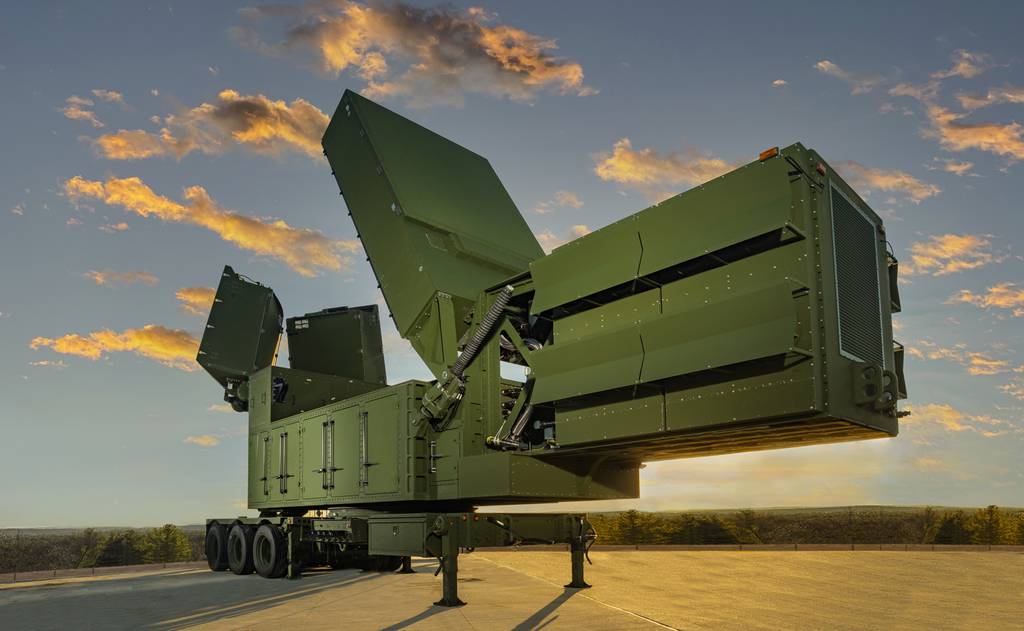
US Army splits testing phase of future missile defense radar
The service plans to divide the testing program for the sensor's 360-degree tracking capability into two stages to keep things manageable.
aonestudio
I really should change my personal text
- Joined
- 11 March 2018
- Messages
- 2,546
- Reaction score
- 5,969
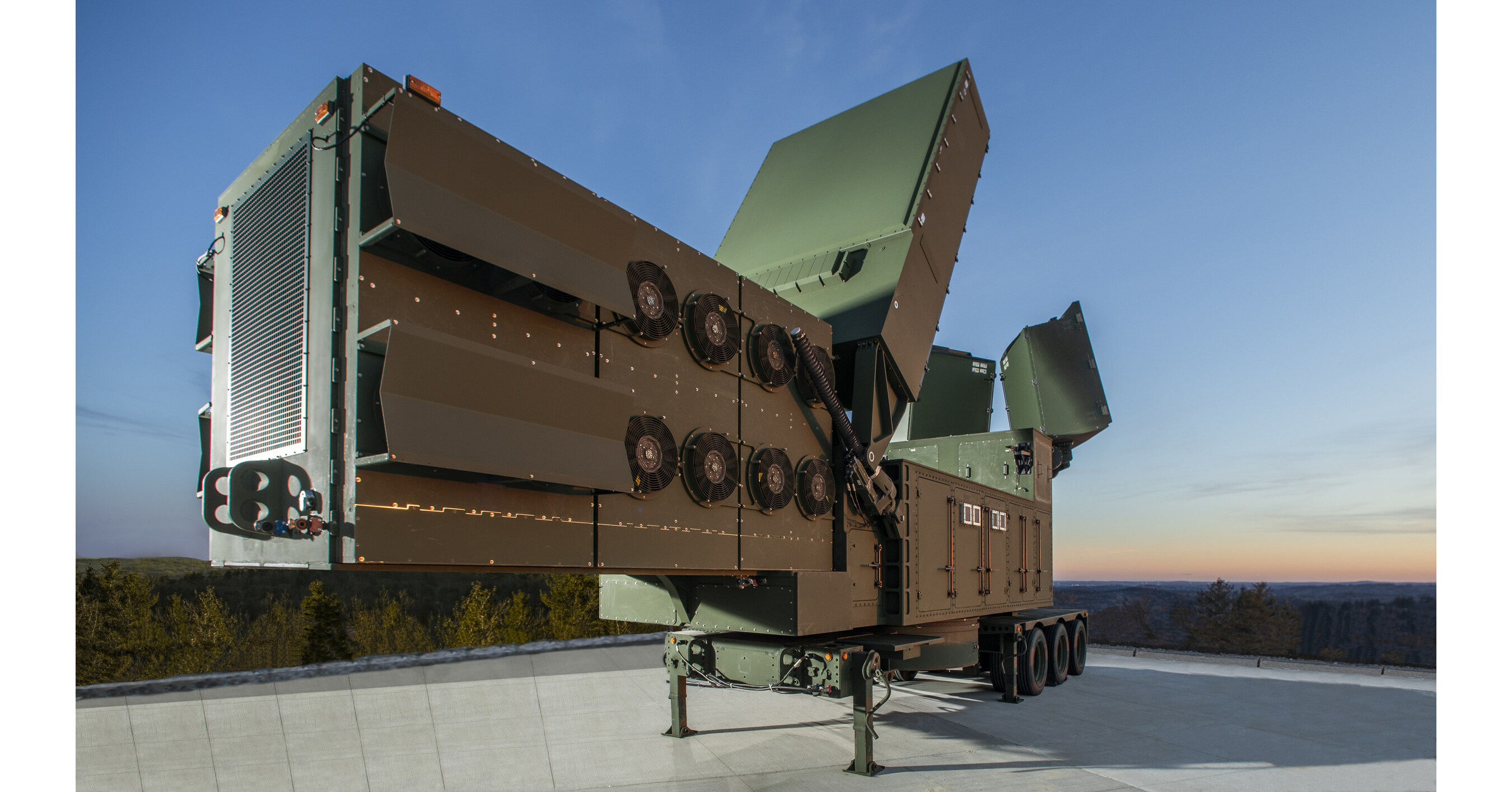
Poland becomes first international LTAMDS customer
/PRNewswire/ -- The Polish Minister of National Defense, Mariusz Błaszczak, approved a Letter of Acceptance with the U.S. Army to expand its WISŁA air and...
jsport
what do you know about surfing Major? you're from-
- Joined
- 27 July 2011
- Messages
- 6,565
- Reaction score
- 3,913
Raytheon saying the new 'GhostEye' LTAMDS radar $130 million each, hoping foreign sales might bring cost down.
https://insidedefense.com/daily-new...amds-orders-tandem-armys-first-production-run
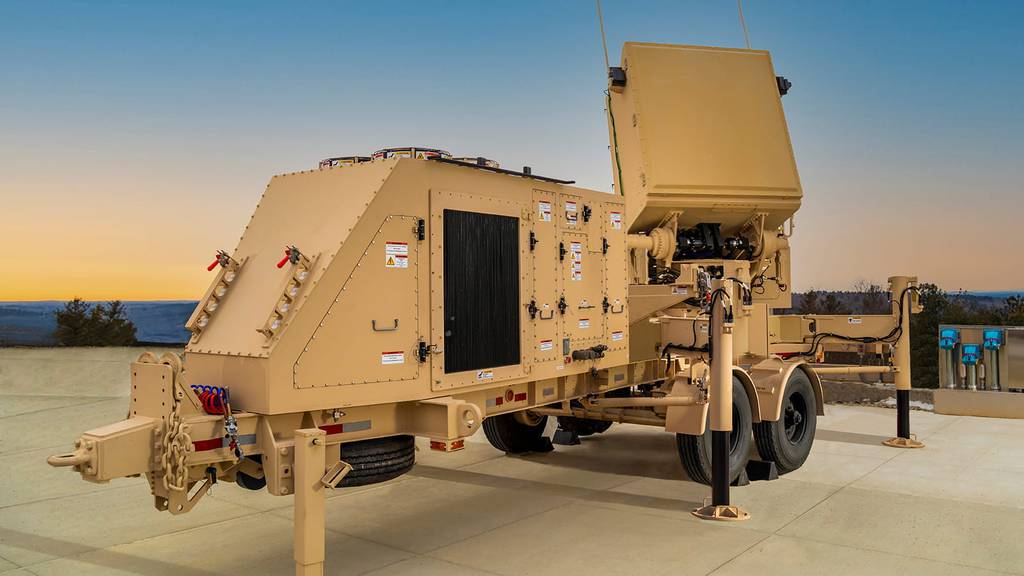
RTX readies to test new air defense radar following US Air Force deal
GhostEye MR is a medium-range radar that can detect, track and identify threats including cruise missiles and drones.
Forest Green
ACCESS: Above Top Secret
- Joined
- 11 June 2019
- Messages
- 5,094
- Reaction score
- 6,674
Forest Green
ACCESS: Above Top Secret
- Joined
- 11 June 2019
- Messages
- 5,094
- Reaction score
- 6,674
Forest Green
ACCESS: Above Top Secret
- Joined
- 11 June 2019
- Messages
- 5,094
- Reaction score
- 6,674
jsport
what do you know about surfing Major? you're from-
- Joined
- 27 July 2011
- Messages
- 6,565
- Reaction score
- 3,913
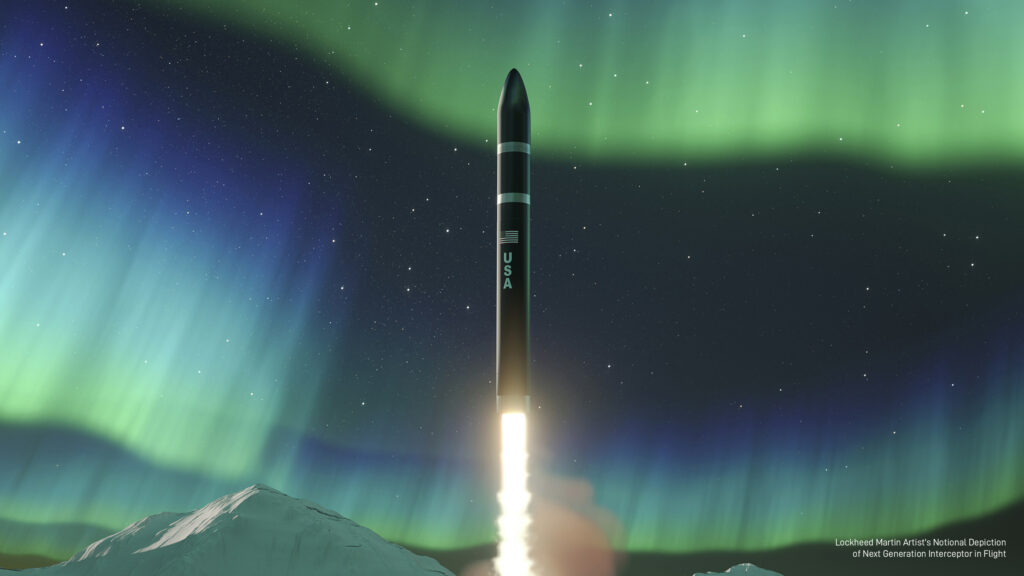
Lockheed Martin advances Next-Gen Interceptor design work - Breaking Defense
The first Lockheed Martin NGI is forecast for delivery to the warfighter as early as fiscal 2027, according to the company.
bring_it_on
I really should change my personal text
- Joined
- 4 July 2013
- Messages
- 3,123
- Reaction score
- 2,239
Raytheon was contracted in 2019 to build an initial six radars, all of which have been produced and are now undergoing tests. The declaration of an OC level by the end of 2023 will culminate with ongoing training and soldier-conducted operational assessments.
Achieving an Operational Capability does not mean that work on the radar ceases. The testing regime continues with demanding environmental and mobility qualifications along with further integration and ‘system of systems’ evaluations. Upon completion, the radar will achieve Operational Capability in support of an Urgent Material Release.
LTAMDS will replace the existing AN/MPQ-53/65 radars used by the Army’s Patriot SAM systems. The new radar works with existing PAC-2 GEM-T and PAC-3 MSE interceptors while having the growth potential to work with new effectors as they become available.
The international community is also taking notice. Twelve countries have shown significant interest in LTAMDS. Poland has become the first international customer for the radar, approving a letter of acceptance on 5 September to expand its Wisla air defence programme with 12 LTAMDS systems.
Nothing Goes Unseen: Raytheon’s LTAMDS Radar Enhances Situational Awareness Amidst Increasing Aerial Threats (Studio) | Shephard
Never before have air defenders contended with such complex, rapid and varied threats in the air environment. Raytheon’s LTAMDS radar is the system th
www.shephardmedia.com
Forest Green
ACCESS: Above Top Secret
- Joined
- 11 June 2019
- Messages
- 5,094
- Reaction score
- 6,674
View: https://twitter.com/defense_news/status/1726472957231317119?s=20
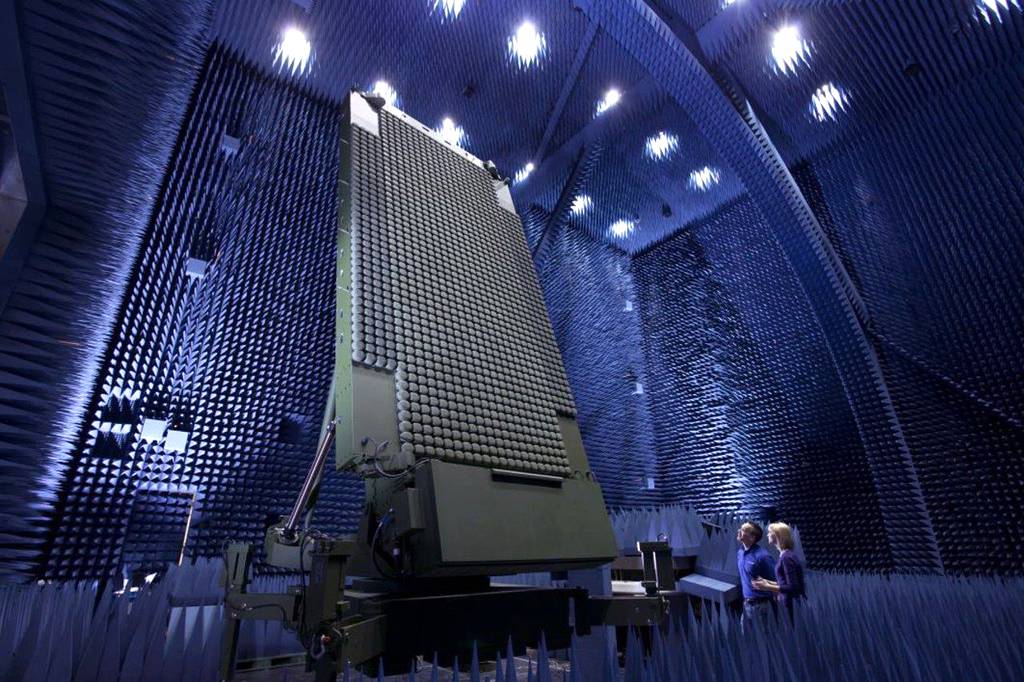
 www.defensenews.com
www.defensenews.com

Lockheed will deliver advanced TPY-4 radar to Air Force for evaluation
The system features an active electronically scanned array. Its many nodules allow for multitasking and rapid repogramming.
- Joined
- 21 April 2009
- Messages
- 13,170
- Reaction score
- 6,057
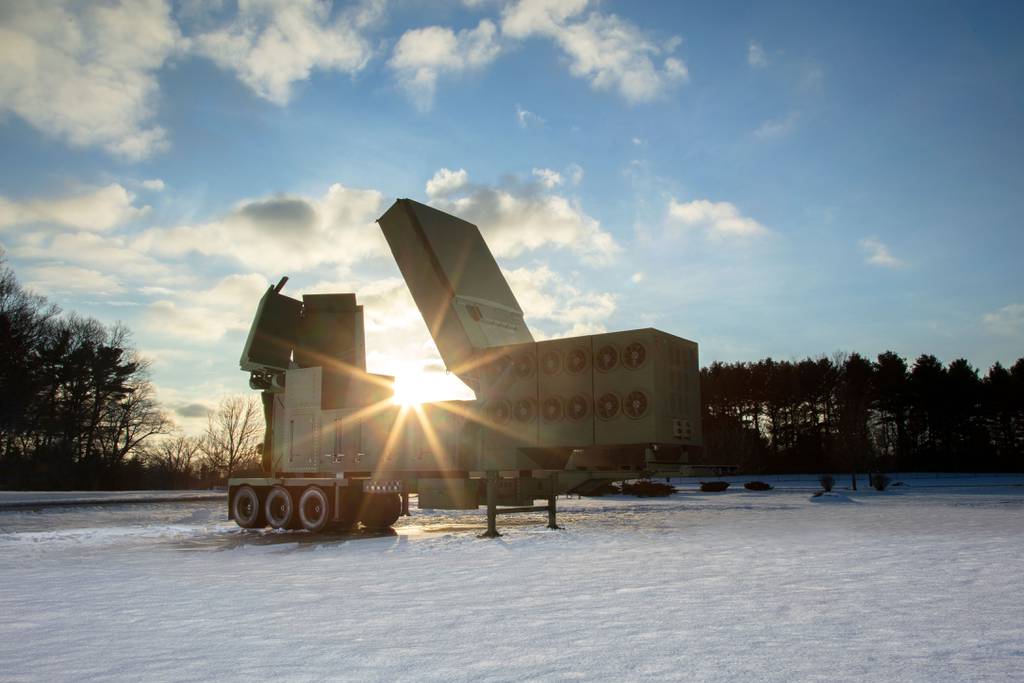
Patriot replacement radar defeats cruise missile in Raytheon test
The Army's Lower Tier Air and Missile Defense Sensor enabled the intercept of a cruise missile target in a developmental test ahead of first unit fielding.

Patriot replacement radar defeats cruise missile in Raytheon test
The Army's Lower Tier Air and Missile Defense Sensor enabled the intercept of a cruise missile target in a developmental test ahead of first unit fielding.www.c4isrnet.com
A very critical test given the that winter is coming in Ukraine and we all know the Russians have been hoarding cruise-missiles for winter attack on critical Ukrainian infrastructure such as power stations and sub-stations.
bring_it_on
I really should change my personal text
- Joined
- 4 July 2013
- Messages
- 3,123
- Reaction score
- 2,239
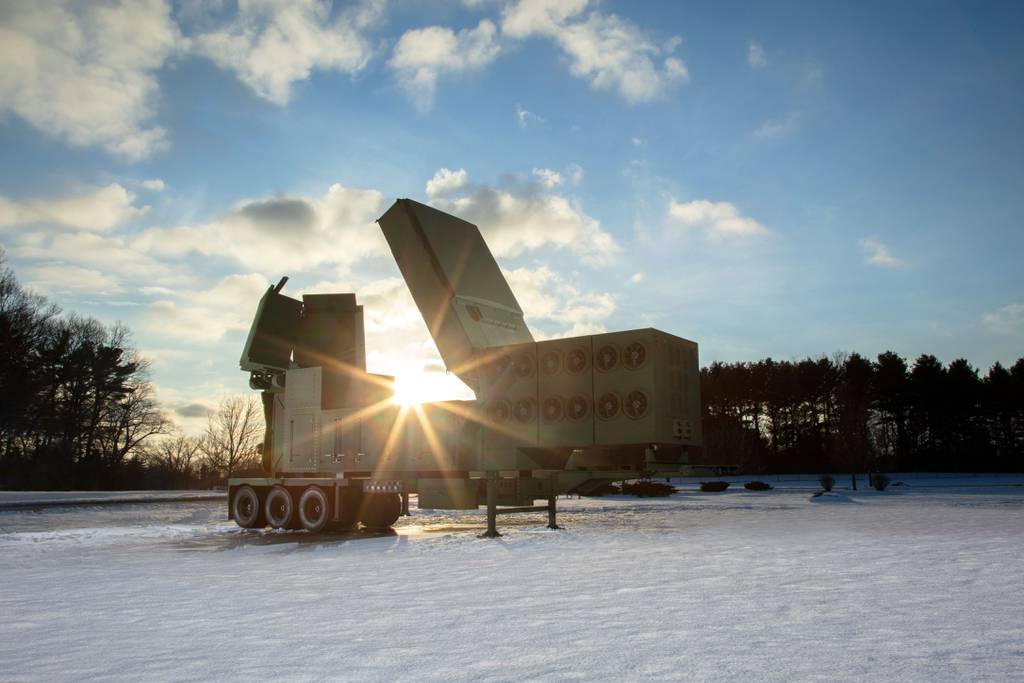
Patriot replacement radar defeats cruise missile in Raytheon test
The Army's Lower Tier Air and Missile Defense Sensor enabled the intercept of a cruise missile target in a developmental test ahead of first unit fielding.
bring_it_on
I really should change my personal text
- Joined
- 4 July 2013
- Messages
- 3,123
- Reaction score
- 2,239
I think he's referring to rotate to emplace which it does. It isn't functionally a rotator but uses three staring arrays with the "big" array covering the primary threat sector.If it rotated why would you need three arrays?
- Joined
- 21 April 2009
- Messages
- 13,170
- Reaction score
- 6,057
New Multi-Mission Radar Seeks Threats From Sea to Space
New Multi-Mission Radar Seeks Threats From Sea to Space
TeourdBeourglaer
ACCESS: Restricted
- Joined
- 8 August 2022
- Messages
- 11
- Reaction score
- 6
LTAMDS is an C-Band Radar, SPY-6 is S-band. However, AMDR (SPY-6) is "Dual-band". The first 12 radar sets will be AMDR-S band only, and continue to use SPQ-9B for X-band use. Set 13 and beyond will feature AMDR-S and X-band in one...Mobility think the opposite TPY-4 is more mobile than the LTAMDS, brochure says it can be transported by a C-130 whereas as far as know no similar claim is made for the LTAMDS and from pic it looks too large to fit inside a C-130?
Problems with the LTAMDS, the only report have seen by Jen Judson Mar 17 Defense News
As far as know Ghost Eye/LTAMDS is not a multiband radar, purely S-band using the same 2 foot cubic S-band RMA building blocks as used in the various SPY-6 radars.
Thanks for your correction and as you say the LTAMDS/Ghost Eye is C- band not S-band.LTAMDS is an C-Band Radar, SPY-6 is S-band. However, AMDR (SPY-6) is "Dual-band". The first 12 radar sets will be AMDR-S band only, and continue to use SPQ-9B for X-band use. Set 13 and beyond will feature AMDR-S and X-band in one...
The AMDR SPY-6 is only S-band, the contract for the AMDR X-band radar was never placed, there is no combined S and X-band AMDR SPY-6 radar, but the Navy talking of the Future X-Band Radar program, FXR, to replace the SPQ-9B and the last news seen was Jan 2022 NAVSEA RFI requesting seeking industry inputs and interest for future development and production phases for FXR, but doubt it will replace SPQ-9B on set 13 as Navy has yet to request competitive bids from industry for the FXR.
FXR Requirements specified in RFI
- FXR is required to meet mission performance and size, weight, and power – cooling (SWAP-C) requirements of the following ship classes:
- DDG-51 FLT III ships with AEGIS Baseline 10 (BL 10) combat system.
- DDG-51 FLT II and DDG-51 FLT IIA ships with AEGIS Baseline 9 (BL 9) combat system
- Ford class carriers with SSDS (BL 12) combat system
- Nimitz class carriers with SSDS (BL 12) combat system
- Ticonderoga class cruisers with AEGIS Baseline 9 (BL 9) combat system
- Landing Platform/Dock (LPD 29+) hulls with SSDS (BL 12) combat system
- To the greatest extent possible, a common system architecture will be applied to FXR solutions across all the platforms identified in item 1 above.
- FXR will provide horizon search and track, surface search and track, periscope detection and discrimination, and missile communications in a wide diversity of maritime environments and conditions.
SAM.gov
- Joined
- 4 July 2010
- Messages
- 2,228
- Reaction score
- 2,137
Dahlgren has been testing a prototype for FXR since last year, a proof-of-concept prototype, which uses what they describe as an "off the shelf antenna designed for military aircraft" modified into an X-band radar prototype. L3 Harris is involved, so I'm wondering if they're using a panel derived from the new Compass Call. It would certainly be light in weight.
Q1 2025 is the most recent target for the solicitation phase, and award in FY2026. If there's a functioning Congress to approve the money by then.
Q1 2025 is the most recent target for the solicitation phase, and award in FY2026. If there's a functioning Congress to approve the money by then.
Defence Updates has put out a video about how the Patriot has performed in Ukraine so far:
The Ukrainian Air Force has officially stated that several Russian aircraft, downed in May inside Russian territory were destroyed by the American-made Patriot air defense system. The events that transpired on May 13 involved significant losses for Russian Aerospace forces.All 5 aircraft crashed in Bryansk Oblast, which is deep within Russian territory and located across from Ukraine's Chernihiv Oblast in the northeast. On that day, three Russian Mi-8 helicopters, one Su-34 fighter bomber, and one Su-35S fighter were reportedly lost, with no survivors. Also, there were reports that the Patriot was used to down several Kinzhal (Dagger) hypersonic & Iskander missiles a few days later.
Ukrainian Air Force spokesman Col. Yuri Ihnat at that time hinted at the use of Patriot but he has now confirmed this.
In this video, Defense Updates analyzes how the American Patriot downed Russia’s most advanced aerial assets in Ukraine?
bring_it_on
I really should change my personal text
- Joined
- 4 July 2013
- Messages
- 3,123
- Reaction score
- 2,239
Wasn't it the SAAB fighter radar they they were testing? Actually, I think it was just the antenna with the other HW sourced from elsewhere or internally developed. Lockheed also has its eye on other applications for the Sentinel A4 product line.Dahlgren has been testing a prototype for FXR since last year, a proof-of-concept prototype, which uses what they describe as an "off the shelf antenna designed for military aircraft" modified into an X-band radar prototype. L3 Harris is involved, so I'm wondering if they're using a panel derived from the new Compass Call. It would certainly be light in weight.
- Joined
- 4 July 2010
- Messages
- 2,228
- Reaction score
- 2,137
I may have missed an update, but I thought SAAB's Navy radar work concerns LCS not FXR. Sentinel isn't an aircraft radar, so I don't believe it or a derivative would be what the article is referring to.Wasn't it the SAAB fighter radar they they were testing? Actually, I think it was just the antenna with the other HW sourced from elsewhere or internally developed. Lockheed also has its eye on other applications for the Sentinel A4 product line.
bring_it_on
I really should change my personal text
- Joined
- 4 July 2013
- Messages
- 3,123
- Reaction score
- 2,239
Yes SAAB supports the LCS program. But in this case, I seem to recall that the Navy specifically chose the front end (antenna) of the new SAAB AESA radar to further its FXR R&D and demonstrate something. Might have to do a bit of digging. Sentinel A4 likewise is a program that LM hopes to be used for broader applications than the current one.I may have missed an update, but I thought SAAB's Navy radar work concerns LCS not FXR. Sentinel isn't an aircraft radar, so I don't believe it or a derivative would be what the article is referring to.
Yes SAAB supports the LCS program. But in this case, I seem to recall that the Navy specifically chose the front end (antenna) of the new SAAB AESA radar to further its FXR R&D and demonstrate something. Might have to do a bit of digging. Sentinel A4 likewise is a program that LM hopes to be used for broader applications than the current one.
Saab did develop a prototype Gripen AESA GaN X-band radar array with1,000 T/R modules, said to give the radar a detection range of 270 km to 350 km, depending on its size, against a SU35 and was able to use the Meteor at its maximum range (250 km?). This essentially used the same GaN antenna which was developed in the 2018 contract from NAWCAD, Lakehurst, with the array being intended for the Office of Naval Research and Office of the Secretary of Defense Foreign Comparative Testing.
Attachments
- Joined
- 21 April 2009
- Messages
- 13,170
- Reaction score
- 6,057
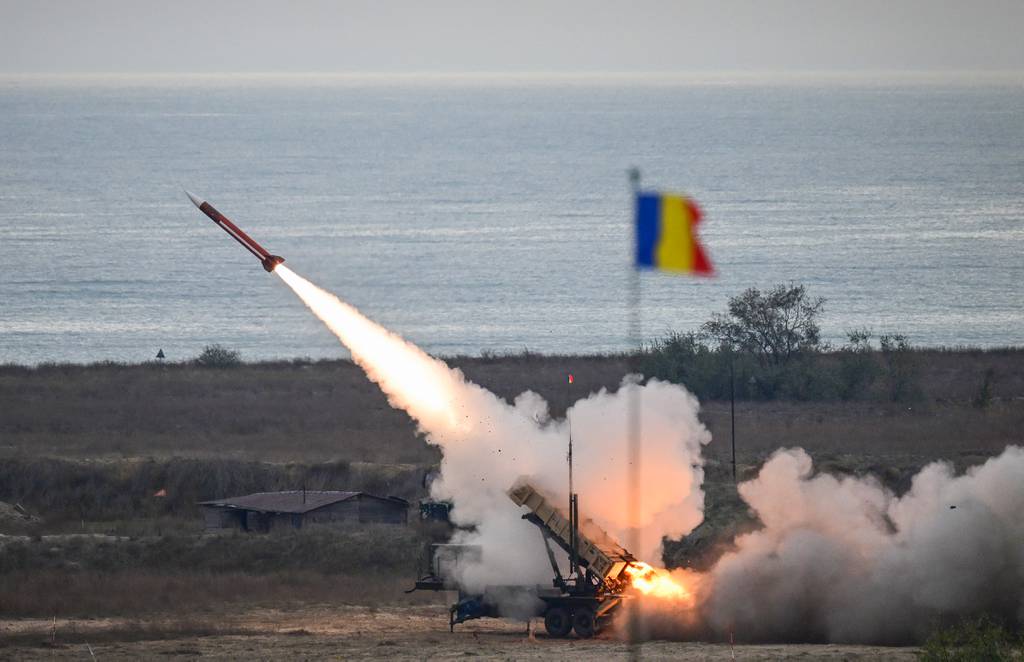
European nations team up to buy Patriot missiles in $5.5 billion deal
If all options are exercised, the four states will procure a joint quantity of up to 1,000 Patriot Guidance Enhanced Missiles.

European nations team up to buy Patriot missiles in $5.5 billion deal
If all options are exercised, the four states will procure a joint quantity of up to 1,000 Patriot Guidance Enhanced Missiles.www.defensenews.com
Would that drop the unit cost of a PAC3 if it does go through?
jsport
what do you know about surfing Major? you're from-
- Joined
- 27 July 2011
- Messages
- 6,565
- Reaction score
- 3,913
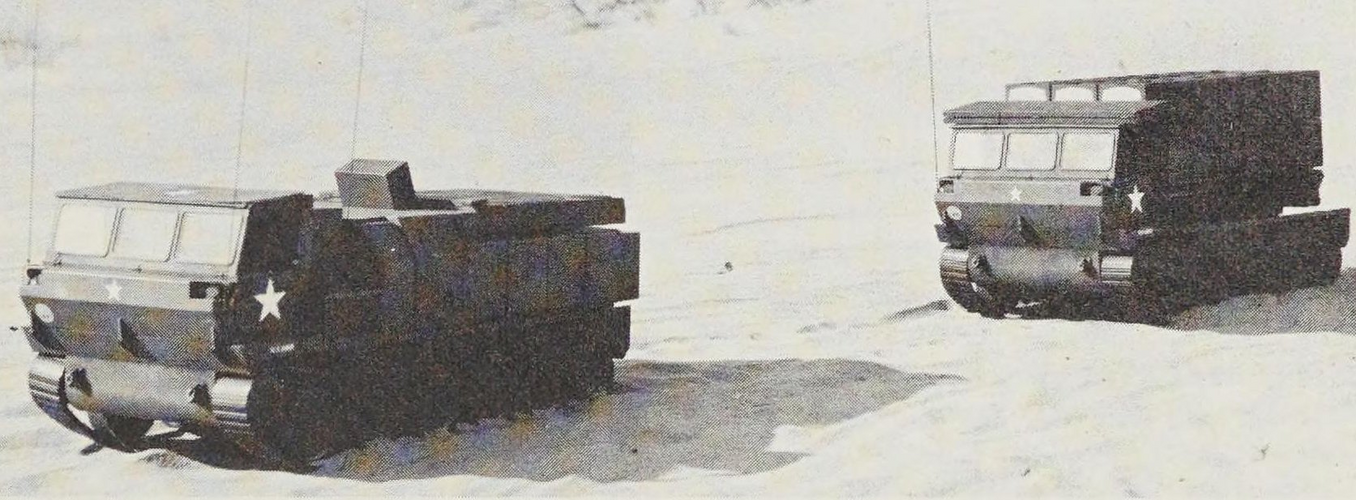
Jeepers, US/NATO (and UKr) must be bewitched not to have had since the 70s. Needs to be THAAD & SM-6 version by now. .Muchos Gracias-
Ronkainen
@ronkainen7k15
·
Oct 30, 2023
The tracked XMIM-104 Patriot Surface-to-Air Missile (SAM) concept battery based on the M548 carrier proposed in the 1970s.
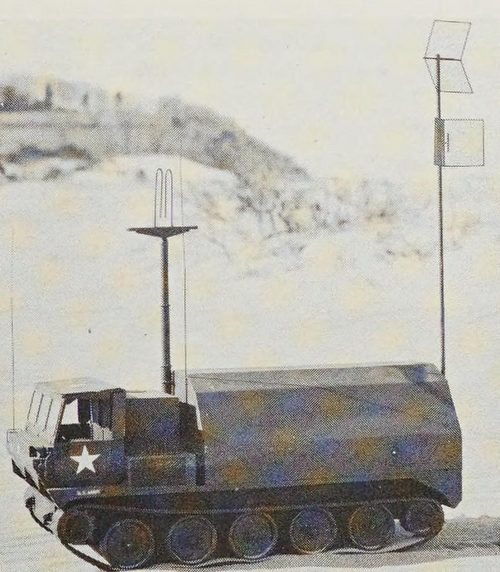
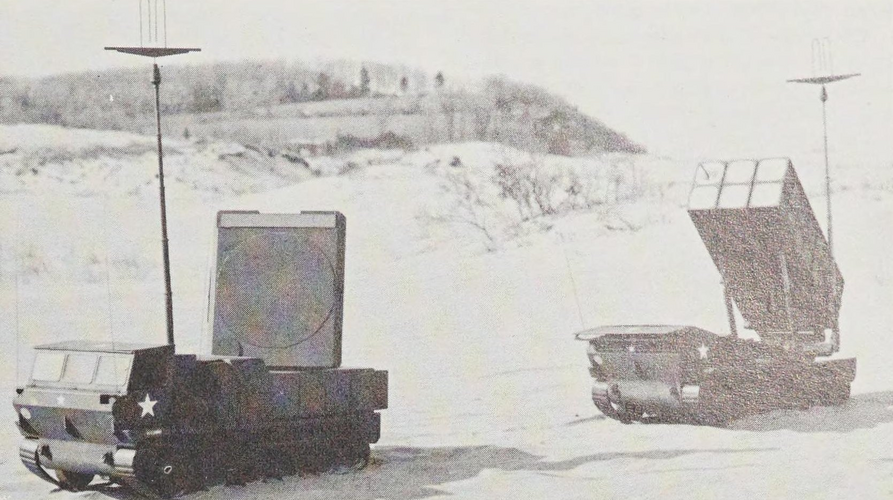
Would that drop the unit cost of a PAC3 if it does go through?
Was surprised as write up says its the PAC-2 GEM-T not the PAC-3
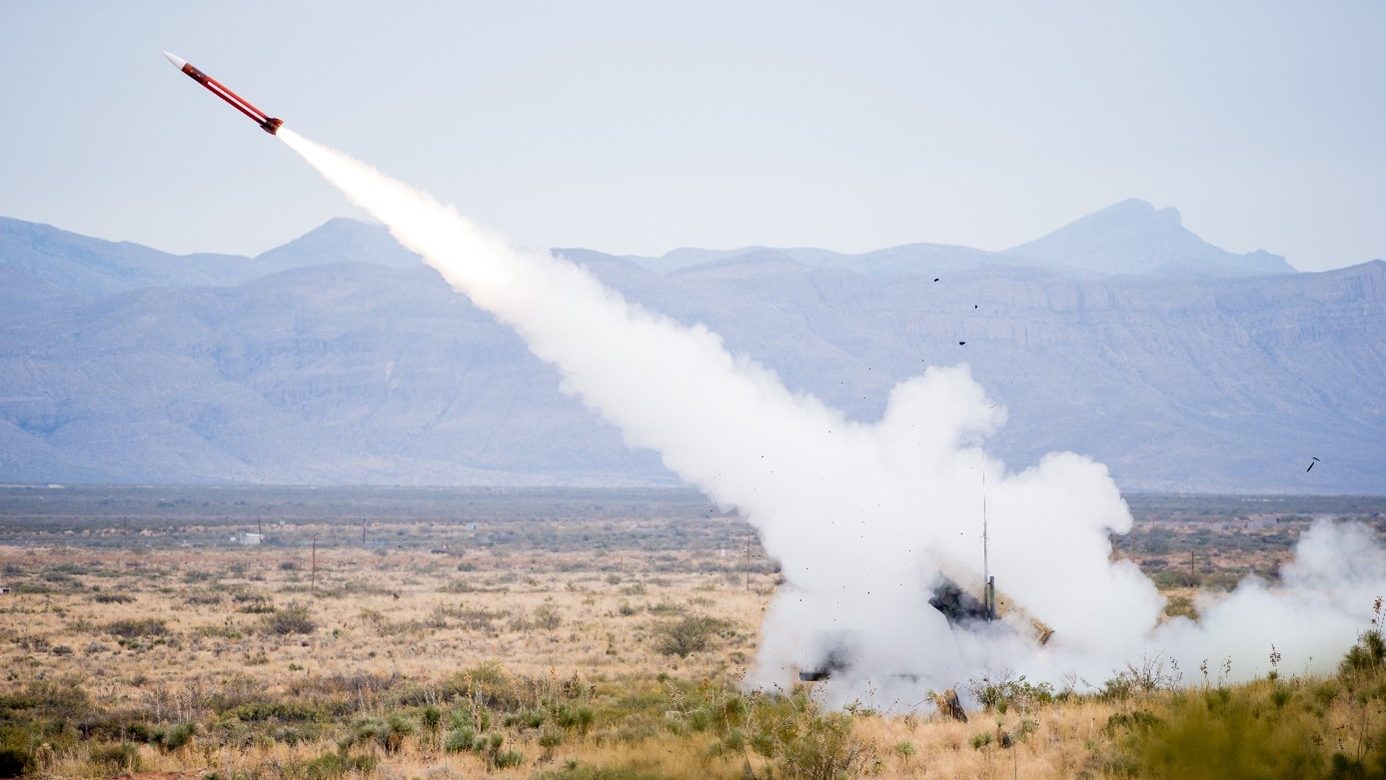
European Nations in Joint €5.1 Billion Purchase of 1,000 Patriot GEM-T Missiles
LUXEMBOURG ---- The NATO Support and Procurement Agency (NSPA) will support a coalition of nations, including Germany, the Netherlands, Romania and...
 www.defense-aerospace.com
www.defense-aerospace.com
Forest Green
ACCESS: Above Top Secret
- Joined
- 11 June 2019
- Messages
- 5,094
- Reaction score
- 6,674
kqcke for you
PUMA PUMA PUMA
- Joined
- 3 November 2022
- Messages
- 540
- Reaction score
- 411
Germany plans to buy pac-3 MSE in the 3 digit region. This will be a big upgrade over the only 80 CRI and 50 MSE ordered until. I guess we can expect to see +200 missiles ordered tought maybe some for ukraine / sending more of the less than 130 PAC-3 in stock.
https://www.hartpunkt.de/bmvg-will-neue-pac-3-lenkflugkoerper-fuer-patriot-beschaffen/Was surprised as write up says its the PAC-2 GEM-T not the PAC-3

European Nations in Joint €5.1 Billion Purchase of 1,000 Patriot GEM-T Missiles
LUXEMBOURG ---- The NATO Support and Procurement Agency (NSPA) will support a coalition of nations, including Germany, the Netherlands, Romania and...www.defense-aerospace.com
Scott Kenny
ACCESS: Above Top Secret
- Joined
- 15 May 2023
- Messages
- 5,997
- Reaction score
- 4,842
PAC3 is highly specialized in ABM work, GEMT is better for cruise missiles or aircraft.Was surprised as write up says its the PAC-2 GEM-T not the PAC-3

European Nations in Joint €5.1 Billion Purchase of 1,000 Patriot GEM-T Missiles
LUXEMBOURG ---- The NATO Support and Procurement Agency (NSPA) will support a coalition of nations, including Germany, the Netherlands, Romania and...www.defense-aerospace.com
One would think so.Wouldn't the purchase of 1,000 GEM-T interceptors dramatically lower the unit-price?
kqcke for you
PUMA PUMA PUMA
- Joined
- 3 November 2022
- Messages
- 540
- Reaction score
- 411
One would think so but each of them cost 5.1 mil in euros. But this also probaly has to do with the fact that there produced in Germany.Wouldn't the purchase of 1,000 GEM-T interceptors dramatically lower the unit-price?
kqcke for you
PUMA PUMA PUMA
- Joined
- 3 November 2022
- Messages
- 540
- Reaction score
- 411
Well PAC-2 GEM-T (guidance enhanced missiles-tactical ballistic missiles) is still more optemised for balistic defense as for cruise missiles a variant called GEM-C (guidance enhanced missiles-cruise missiles) was developt.PAC3 is highly specialized in ABM work, GEMT is better for cruise missiles or aircraft.
Similar threads
-
FABMS and early versions of SAM D
- Started by uk 75
- Replies: 19
-
-
Follow-on Stinger - future MANPADS systems
- Started by Harry64
- Replies: 140
-
-

